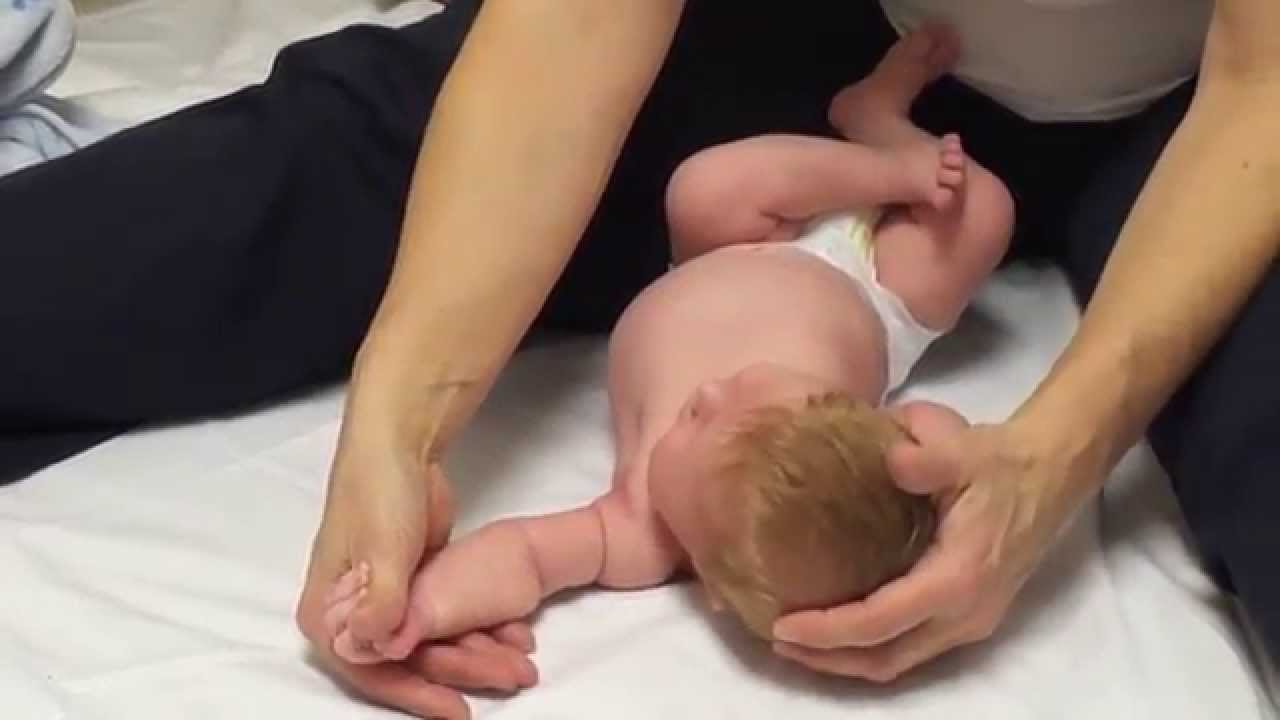Every winter, thousands of babies and infants suffer from bronchiolitis. It starts with a simple cough and runny nose and might go unnoticed as such.
In France, half a million babies are ill with bronchiolitis every year. In the UK, as much as 1 in 3 child between the age of one month and two years old will have bronchiolitis this winter.
Bronchiolitis is a contagious viral infection.Irritants such as cigarette smoke and dust can also trigger it but viruses are the most common culprits in children.
The condition is almost always viral so preventive steps should be taken in order to stop the illness spreading.
You should keep your child away from public places as much as possible.
Unfortunately because chest physiotherapy is not a very well known treatment, many babies and infants will end up in the emergency room with respiratory distress.
Both parents and child could do without the stress and the trauma if only parents were aware of the alternatives.
Chest physiotherapy can be a little frightening for parents the first time but it is better than a trip to the hospital. It is a safe alternative to hospitalization or heavy medication.
Chest physiotherapy is still the most effective treatment for bronchiolitis. Doctors will give medication to help fight the virus but this does not clear the mucus.
It has been widely in use for decades in the rest of Europe but is not yet commonly practiced in the UK to treat babies.
Chest physiotherapy consists in gentle movements or massage on the thorax and the abdomen. Those movements will move the mucus towards the child’s mouth, which will then be easily expelled.
The movements are performed between 5 to 10 times with period of rest favorising coughing and expectorating.
There are three techniques most commonly used. Bronchial decongestion looks a lot like a massage .
The physiotherapist will place his or her hands on the abdomen and press several times until the child starts coughing and spitting. This is in no way painful for the child.
Another technique is the clearing of the upper airways, which consists in the physiotherapist using saline to loosen the mucus and a baby nasal aspirator to aspire excess secretions
This can look slightly scary for the parents because the baby is simply crying due to the inconfortable feeling of the mucus coming up the throat but there is no harm done to the child at all.
Finally, provoking a cough is a technique more widely used for babies, as their muscles are not strong enough yet for an efficient cough. At the end of breathing in, the physiotherapist will gently press on the trachea and trigger coughing.
The results are worth it. The child will be able to breathe and therefore eat and sleep better thus being strong enough to fight the illness.
With chest physiotherapy the length of the disease will be significantly reduced. The typical duration of the disease is fifteen days with a possible secondary pulmonary infection caused by stagnant mucus. With chest physiotherapy, the period of illness is reduced to eight days without any complications.


